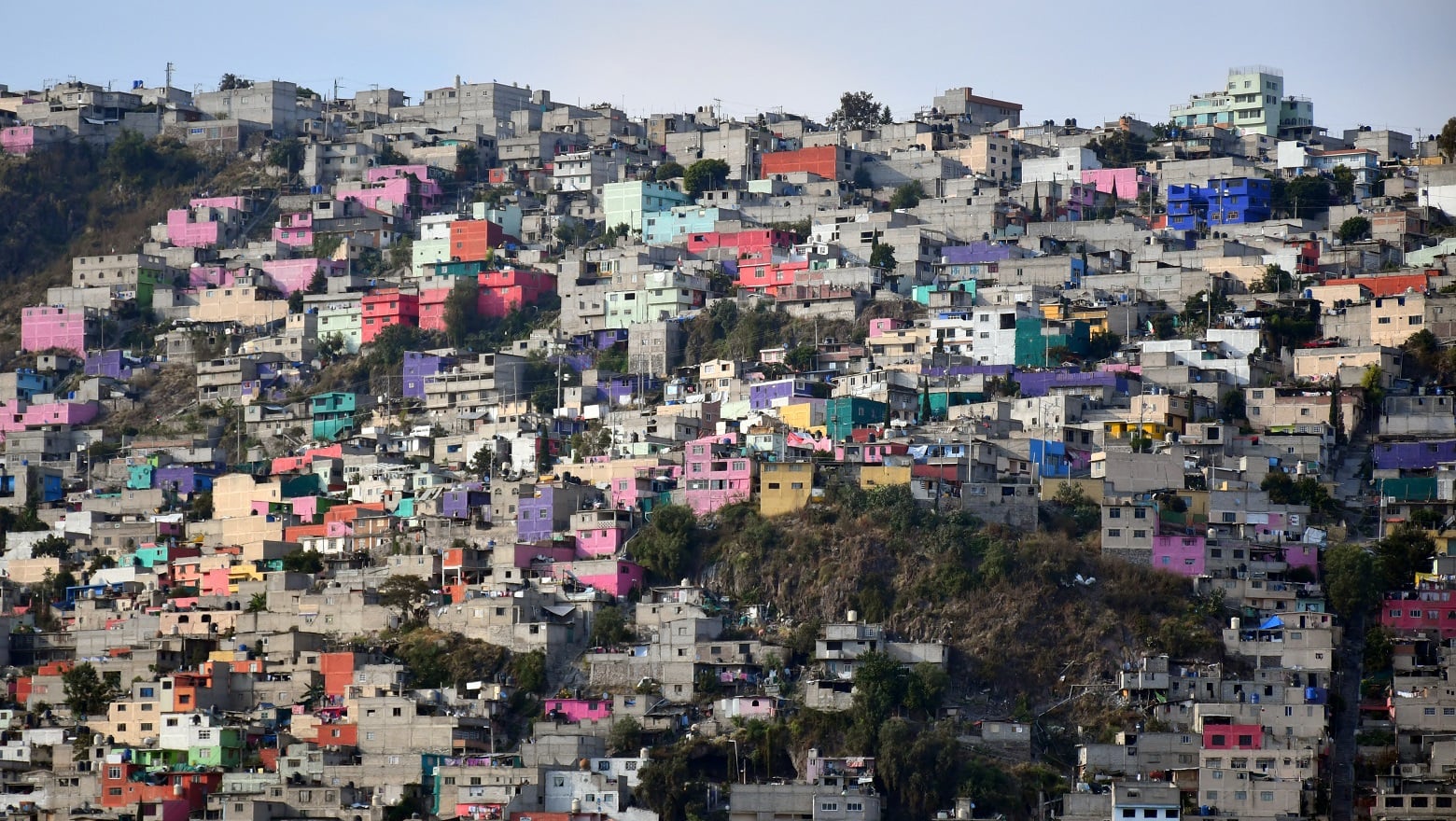
250–900), the civilization covered an area about twice the size of medieval England, but it was far more densely populated. At its peak in the Maya classic period (approximately A.D. Courtesy Wild Blue Media/National GeographicĪlready, though, the survey has yielded surprising insights into settlement patterns, inter-urban connectivity, and militarization in the Maya Lowlands. The unaided eye sees only jungle and an overgrown mound, but LiDAR and augmented reality software reveal an ancient Maya pyramid. “We’ll need 100 years to go through all and really understand what we’re seeing.” “LiDAR is revolutionizing archaeology the way the Hubble Space Telescope revolutionized astronomy,” said Francisco Estrada-Belli, a Tulane University archaeologist and National Geographic Explorer. “But with the new LiDAR-based evidence from Central America and Angkor Wat, we now have to consider that complex societies may have formed in the tropics and made their way outward from there.” Surprising Insights “We’ve had this western conceit that complex civilizations can’t flourish in the tropics, that the tropics are where civilizations go to die,” said Canuto, who conducts archaeological research at a Guatemalan site known as La Corona. The ancient Maya never used the wheel or beasts of burden, yet “this was a civilization that was literally moving mountains,” said Marcello Canuto, a Tulane University archaeologist and National Geographic Explorer who participated in the project.

Complex irrigation and terracing systems supported intensive agriculture capable of feeding masses of workers who dramatically reshaped the landscape.

In addition to hundreds of previously unknown structures, the LiDAR images show raised highways connecting urban centers and quarries. The results suggest that Central America supported an advanced civilization that was, at its peak some 1,200 years ago, more comparable to sophisticated cultures such as ancient Greece or China than to the scattered and sparsely populated city states that ground-based research had long suggested.

The project mapped more than 800 square miles (2,100 square kilometers) of the Maya Biosphere Reserve in the Petén region of Guatemala, producing the largest LiDAR data set ever obtained for archaeological research.


 0 kommentar(er)
0 kommentar(er)
